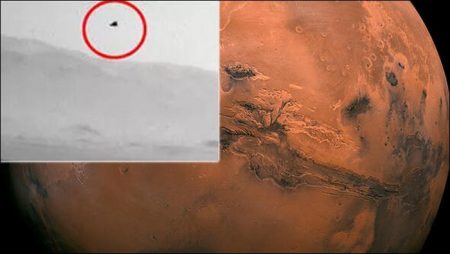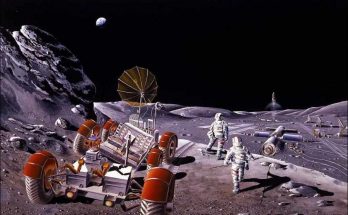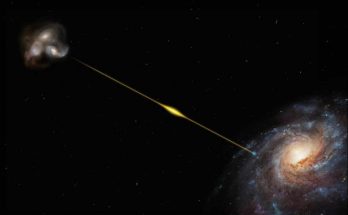Since 2012, NASA’s Curiosity has been researching the Gale Crater of Mars, called the Red Planet. The stroller robot explores the Mars climate, geography and traces of possible life on the planet. Some of the images Curiosity recorded on the Red Planet sometimes bring controversy.
The famous conspiracy theorist, Scott C Waring, drew attention to a photo of the wandering robot on Mars. On his blog tdatabase.com, Waring published a controversial photo of Mars, recorded by the stroller robot last week.
Curiosity visualizes the object that resembles a bird flying on the surface of Mars. Waring says that the controversial bird on Mars has been spotted by a man named Marcelo Irazusta, describing the discovery as unbelievable.
Pointing out that Curiosity has transferred data to the Earth with a delay of 13 minutes, Waring says that the bird may not have stayed in the region where it was displayed for a long time. Waring emphasizes the possibility that the object he likens to an eagle can mean two things.
He states that Aliens, in space imitates nature to hide the spacecraft Waring, the bird may be a UFO. Waring reiterates the claim that the Curiosity discovery tool, whether animal or not, is actually on Canada’s Devon Island, not on Mars.
Only scientists can enter the island of Devon, known for its resemblance to Mars conditions. It is claimed that the largest non-residential island in the world, where Mars exploration technologies are tried and NASA conducts numerous activities, is actually the place where Mars photographs are taken all over the world.
Although the images taken on Mars attracted the attention of many conspiracy theorists, scientists say there is a logical explanation of suspicious objects. The controversial objects in the photos may be camera lens light, cosmic ray or sunlight. The cosmic rays of high-energy atomic particles are usually of non-solar system origin. Because of the weak atmosphere of the Red Planet, cosmic rays are much more common on Mars than on Earth.
Visits: 78



